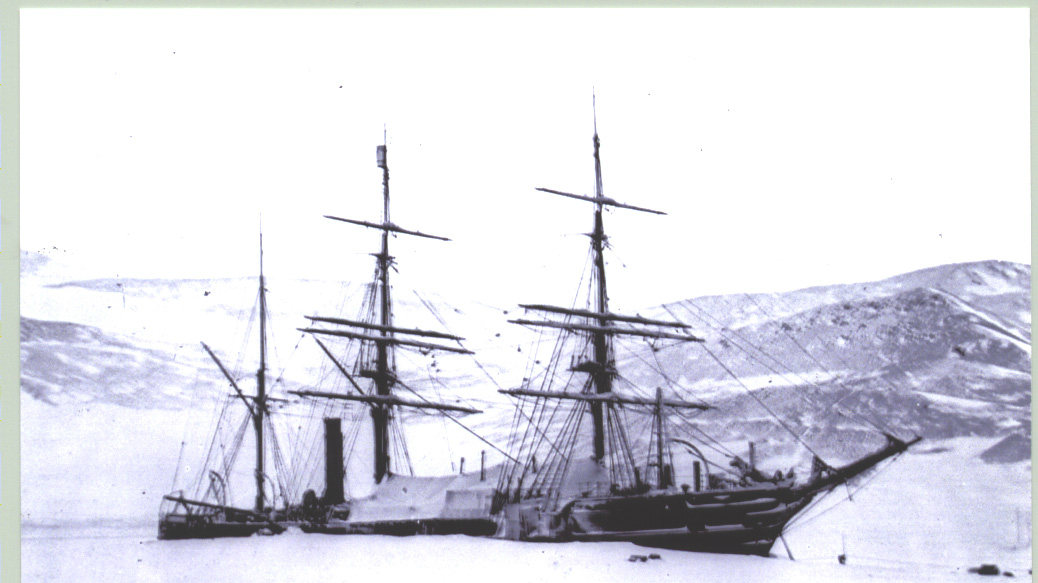Fresh Discovery findings could battle climate change
Published On Thu 5 Apr 2018 by Jonathan Watson

She is one of the world’s most famous ships and is synonymous with British scientific endeavour, and more than a century after her historic expedition to Antarctica, RRS Discovery is still revealing her secrets.
An examination of biological samples returned to Britain by Captain Scott and his crew in 1904 has revealed potentially crucial information for future studies into climate change.
Specimens of cyanobacteria – commonly known as blue-green algae – have been examined by a team of researchers working at London’s Natural History Museum, the University of Dundee, and the Brain Chemistry Laboratory in Wyoming.
The research, to be published in the European Journal of Psychology, provides a crucial snapshot of conditions on the frozen continent before widespread human activity, according to Geoffrey Codd, Emeritus Professor of Microbiology at Dundee.
Professor Codd, who assisted with the project, said, “These findings from the Discovery Expedition will provide crucial baseline information given the steady global increase in cyanobacterial populations.
“These increases are in response to climate change and the growing human pressures on our water resources.
“Using modern analytical methods, we have identified several cyanobacterial toxins in the material, the earliest evidence of these toxins in Antarctica from a period before any real human influence on the continent and before the current period of increasing evidence for climate change.”
Cyanobacteria are commonplace in water bodies throughout the world, including Scotland.
Often concentrated in clumps on the surface of lochs, reservoirs, rivers and along shorelines, blooms and mats can be toxic and are capable of killing animals or causing serious illness in humans.
Having been stored for decades, the team of researchers, led by the Natural History Museum’s Dr Anne Jungblut, began to take a closer look at clumps of the leather-like material retrieved by the Discovery Expedition, concluding that the concentration of toxins is likely to have been even higher when originally gathered.
Professor Codd added: “Modern molecular methods are allowing us to fully examine and reveal the merit of these samples.
“Having carried out research for many years on cyanobacteria and especially their toxins at the University of Dundee, the home of RRS Discovery, it is interesting to think that samples returned on that iconic ship are still proving valuable to science more than a century later.”
For media enquiries contact:
Jonathan Watson
Media Relations Officer
University of Dundee
Nethergate, Dundee, DD1 4HN
Tel: +44 (0)1382 381489
Email: j.s.watson@dundee.ac.uk